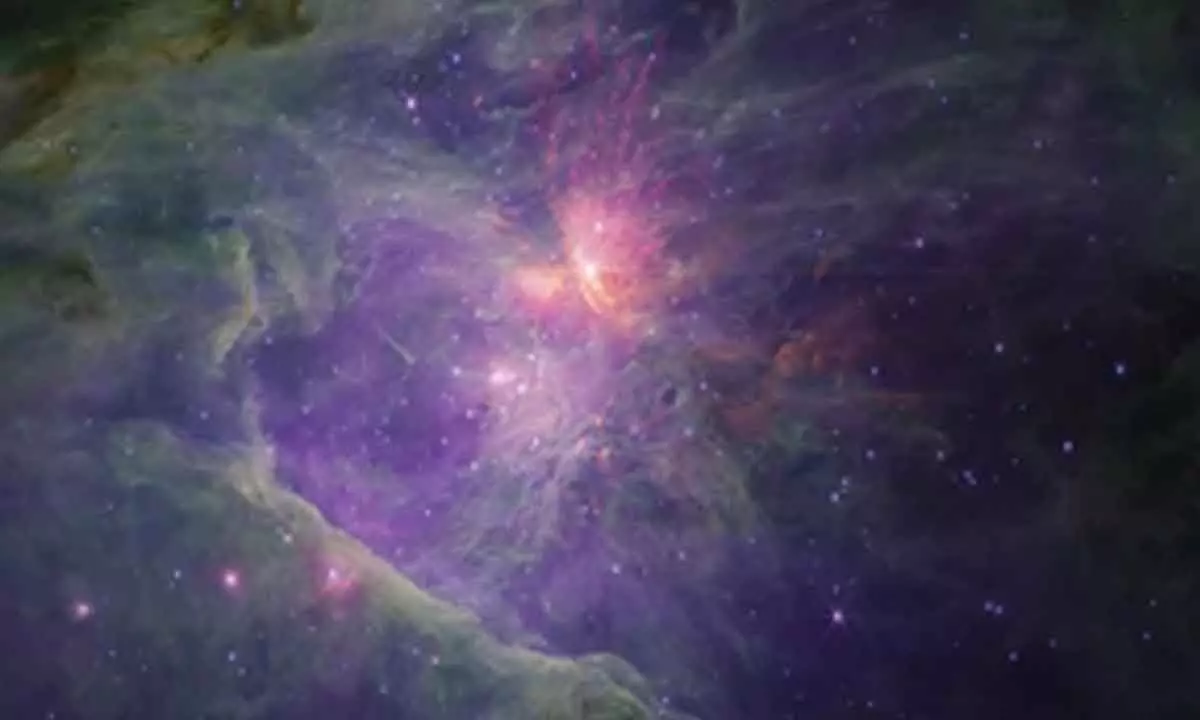Astronomers to rethink on star, planet formation
image for illustrative purpose

New York: Free-floating Jupiter-sized ‘planets’ found in space and orbiting only each other have baffled astronomers, forcing them to rethink their theories of star and planet formation.
Astronomers used NASA’s James Webb Space Telescope to identify 500 or so previously unseen spots in Orion Nebula in October. The telescope observed about 40 pairs in a detailed new survey of the famous Orion Nebula and found that dozens of the worlds appear to be in pairs orbiting each other.
Now, in an article in Wired that was originally published in Quanta Magazine, scientists have attempted to explain the so-called Jupiter Mass Binary Objects (JUMBOs) -- gas giant pairs, free-floating and orbiting only each other.
According to them, these objects are too light to have formed alone and are unexpectedly numerous.
One possibility is planets with “tightly-spaced orbits” being dragged out of their solar system by a passing star.

